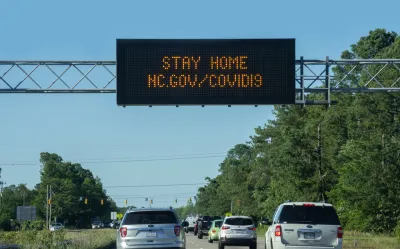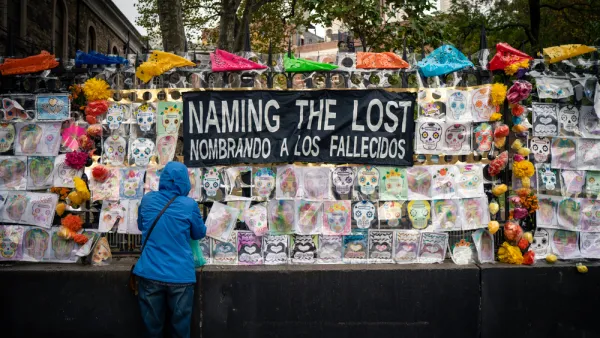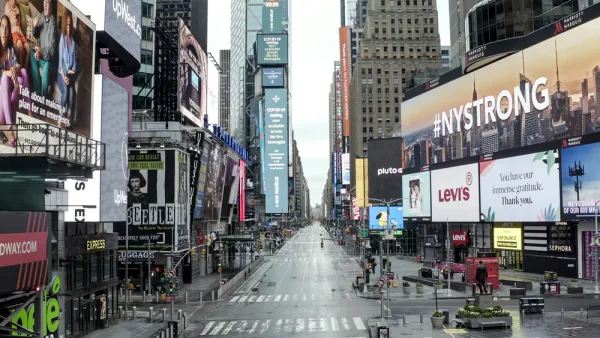Impacts from the COVID-19 pandemic are reverberating through cities around the world. The Penn Institute for Urban Research asked 20 urban experts what the lasting effects will be and how we can rebuild equitably and sustainably.

Impacts from the COVID-19 pandemic are reverberating through cities around the world. Many cities have been hit hard. The response to the pandemic—the shuttering of physical gathering places and a doubling-down on technological stand-ins—has disrupted urban systems, distorted economies, and upended the lives of the over 4 billion people who live and work in cities worldwide. These impacts have been greatest on the most vulnerable: rates of extreme poverty are growing around the world and, here in the U.S., already disadvantaged communities face higher infection and mortality rates and rates of job loss. There is no question that cities will change as a result of the COVID-19 pandemic. The question is: What will be the lasting effects of the pandemic on urban life and urban systems? Given these and the pandemic’s effects on vulnerable populations in cities, how do we rebuild equitably and sustainably?
These are the questions we asked of our respondents for Expert Voices, our annual e-newsletter for which we ask experts to reflect on a question of importance to cities. Their answers touch on a range of tactics and approaches, from policy proposals to broad attitudinal shifts. One theme that underlies them all is the belief that cities are essential. While our experts are realistic about the many challenges that cities face, they are also confident that cities themselves—agglomerations of people and commerce, ideas and innovation—hold the keys to overcoming these challenges. Even those who foresee smaller cities in the future are confident that cities aren’t going anywhere. In fact, they are necessary for a better future. The ideas in these essays show the way.
FULL STORY: Expert Voices 2021: What Will Be the “New Normal”?

Analysis: Cybertruck Fatality Rate Far Exceeds That of Ford Pinto
The Tesla Cybertruck was recalled seven times last year.

National Parks Layoffs Will Cause Communities to Lose Billions
Thousands of essential park workers were laid off this week, just before the busy spring break season.

Retro-silient?: America’s First “Eco-burb,” The Woodlands Turns 50
A master-planned community north of Houston offers lessons on green infrastructure and resilient design, but falls short of its founder’s lofty affordability and walkability goals.

Test News Post 1
This is a summary

Analysis: Cybertruck Fatality Rate Far Exceeds That of Ford Pinto
The Tesla Cybertruck was recalled seven times last year.

Test News Headline 46
Test for the image on the front page.
Urban Design for Planners 1: Software Tools
This six-course series explores essential urban design concepts using open source software and equips planners with the tools they need to participate fully in the urban design process.
Planning for Universal Design
Learn the tools for implementing Universal Design in planning regulations.
EMC Planning Group, Inc.
Planetizen
Planetizen
Mpact (formerly Rail~Volution)
Great Falls Development Authority, Inc.
HUDs Office of Policy Development and Research
NYU Wagner Graduate School of Public Service




























